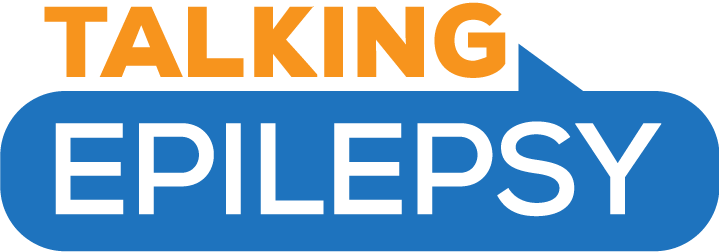About Epilepsy
Epilepsy is a complex neurological condition that causes seizures affecting over 50 million people globally. If you or a loved one has been diagnosed with epilepsy, education is key to successfully managing the condition. This guide covers the fundamentals including symptoms, diagnosis, treatment options, self-care, and more to help patients and caregivers on the journey.
What is Epilepsy?
Epilepsy is characterized by recurrent, unprovoked seizures caused by sudden abnormal electrical activity in the brain. Different types of seizures can occur depending on where the disturbances originate in the brain. Seizures often present with symptoms like staring spells, uncontrollable jerking movements, loss of awareness, and muscle spasms.
Epilepsy itself is not a singular condition but rather a spectrum of disorders with many potential causes including genetics, head trauma, stroke, brain conditions, and unknown factors. Anyone can develop epilepsy, with onset possible from infancy through adulthood. Around 1 in 26 Americans will be diagnosed in their lifetime.
Getting an Accurate Diagnosis
The first priority after experiencing a potential seizure is getting an accurate epilepsy diagnosis. This begins with a medical history and physical neurological exam by a neurologist. Description of the seizures from the patient and any witnesses will help determine seizure type and possible origin in the brain.
Additional testing may include:
- Blood tests to look for infection, metabolic issues, and more
- MRI or CT scans to visualize the brain
- EEG to record electrical activity
- Genetic testing if appropriate
Based on results, the neurologist will determine diagnosis and proper classification of epilepsy which guides treatment. Ongoing monitoring and potential testing may be needed to refine the diagnosis.
Treatment and Management Options
If epilepsy is diagnosed, the goal becomes maximizing quality of life and minimizing seizures through proper management. The majority of patients gain control of seizures through medication, with over 20 types approved for epilepsy treatment. Anti-seizure drugs aim to prevent excessive electrical activity in the brain that leads to seizures.
Finding the right medication or combination takes some trial and error guided by the neurologist. Lifestyle factors like sleep, stress, and diet triggers should also be evaluated and managed. Other treatments like surgery, vagus nerve stimulation, ketogenic diet, or medical marijuana may be options in drug-resistant epilepsy.
Creating a Self-Care Routine
In addition to medical management, adopting a self-care routine can help reduce seizure triggers and improve daily wellbeing. Key self-care tips include:
- Take medications consistently and on schedule
- Get enough sleep and avoid sleep deprivation
- Manage stress through yoga, meditation, therapy
- Avoid alcohol and recreational drug use
- Identify and avoid personal seizure triggers
- Stay hydrated and eat a balanced diet
- Use a seizure diary or app to track episodes
- Wear a medical ID to help during seizures
Joining a community like the Epilepsy Foundation provides support resources and advocacy opportunities. Open communication with your care team is also essential.
Overcoming Social Challenges
Along with medical concerns, epilepsy can create social struggles related to work, school, driving, sports, and stigma. Vocational counseling and legal protections aim to prevent discrimination in housing and jobs. Major precautions are needed around water, heights, and cooking due to injury risk during seizures.
Driving restrictions vary by state, with most requiring control of seizures for 3-12 months before resuming. School accommodations like aides, academic adaptations,special ed services, and 504 plans support educational needs. Addressing epilepsy openly helps reduce social stigma over time.
Importance of Caregiver Support
For parents and caregivers of those with epilepsy, the responsibilities add up. From providing care during seizures to tracking episodes and medications, having a system of support is crucial. Become familiar with first aid responses to different seizure types so you can respond safely.
Get organized by creating shared calendars for appointments, medication schedules, and daily routines. Have open conversations on challenges like safety, independence, side effects, and more. And don’t neglect your own self-care – seek respite when needed so you can continue providing nurturing care.
Though epilepsy remains incurable, education and proper management can make it possible to live a fulfilling life with fewer seizures. Remember you are not alone. By utilizing all the resources available and creating a customized self-care plan, patients and caregivers can reduce epilepsy’s disruption and thrive day-to-day.
